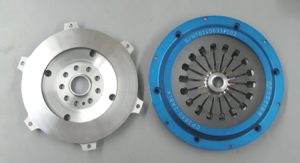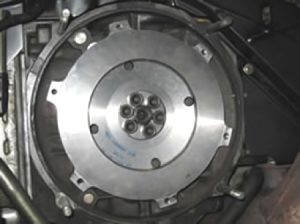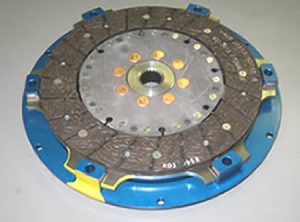1974 911 Carrera RSR “The Hulk”
- January 7, 2010
- Porsche 911 RSR
- Posted by Rick Bruins
- Comments Off on 1974 911 Carrera RSR “The Hulk”
The Brits say: “Once you’re in the hole, stop digging”. This, now wonderfully handling car, is another example of an intuitive purchase and a restoration gotten out of hand! And it’s not over.
The Hulk is a 1974 Carrera, which came with the Carrera RS 2.7 911/83 engine. It was originally registered under Ben Pon’s name and was delivered in metallic Viper Gruen. The car was sold not too long after, and ended up rusting away merrily for several years. The then owner decided it was probably better to make something special out it, if it was going to be resurrected anyway and had Van den Berg turn the car into an RSR chassis shape, using a donor body shell. The chassis number was transplanted to the donor and the result was a dead-straight, lightweight 1974 RSR clone. The car went into storage again, was sold due to the then owner’s ill health and was bought by a Frisian 911 enthusiast, from whom I purchased the car two years ago.
My initial impression was that the car was an early ’74 Carrera, with a chassis number right in the series of IROC cars and would warrant a return to original spec. Once it became clear that the body was a donor I decided on a different course of action. The Hulk would become a proper long distance racer, using parts for a 3.0 liter RSR engine which I had already acquired.
The Hulk’s chassis, engine and gearbox were separated and the build process started. The chassis was converted to RSR spec. The torsion bars came out and Bilstein coil overs with H&R springs were mounted (50Nm front 120 Nm rear). I found a set of worn out Langstrecken calipers, which the Blankemeijers restored to as new condition and an OMP roll cage was mounted in Continental Orange.
To properly fit the Langstrecken brakes we had to fit the hubs of the 3.3 Turbo. New bearings were mounted at the same time. The body shell was measured on the Celette bench and proved to be straight to within 1 mm of tolerance, which meant this was indeed a very good base to start from. More to follow…





